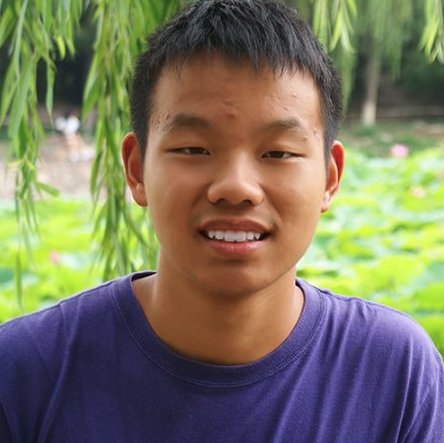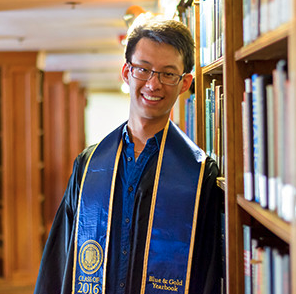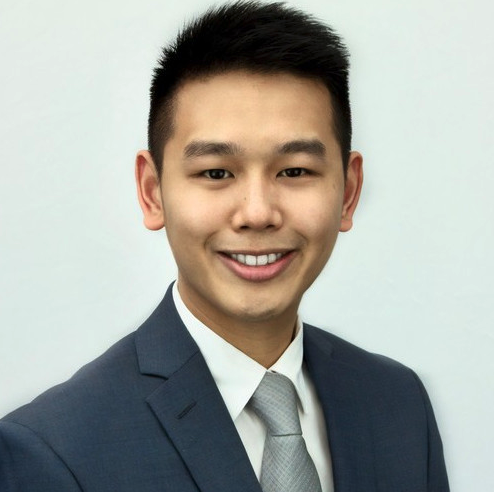Zhou Lab
Welcome to the Zhou lab at UCSF!
We study the neural circuitry involved in anesthesia and analgesia and aim to understand their interactions with different anesthetics. Ultimately, we intend to improve our techniques, tools, and management of anesthesia through our research.
Neural Circuits in Anesthesia
In this project, we focus on elucidating how anesthetics interact with the neural network. A small group of neurons from the hypothalamus – orexin/hypocretin neurons - play critical roles in modulating arousal, feeding, stress, and reward. We have shown that activation of orexin neurons with chemogenetic or optogenetic tools facilitates emergence from isoflurane anesthesia and improves analgesia. In order to visualize the detailed network, we mapped the 3D orexin projections in the mouse brain with confocal and light-sheet microscopies. While manipulating neuronal activities in the mouse brain with optogenetic or chemogenetic tools, we record electroencephalogram, neural calcium activities, and study the animal’s behavior changes. We plan to identify the nuclei playing important roles in anesthesia.
Precision in anesthesia management
Every patient responds to anesthesia differently, and sometimes that can be dramatic. However, the way to individualize the appropriate dose has not been refined since the introduction of the concept of minimum alveolar concentration (MAC). It is even more challenging for IV anesthetics than inhalational anesthetics due to the difficulty of measuring the drug plasma concentration. Ultimately, adequate suppression of one’s brain activity defines the optimal anesthesia depth. In this project, we plan to study the brain activity signatures during anesthesia with different anesthetics in experimental animals and analyze their dynamic correlations.
 Wei Zhou MD, PhD
Wei Zhou MD, PhD
Principal Investigator, Associate Professor of Anesthesia
Dr. Zhou received his education at Hebei Medical University, Peking Union Medical College, University of California San Diego. During his PhD work, he has worked with Drs. Senyon Choe and Paul Slesinger on the structure and function of potassium channels (Kir and Kv) using electrophysiology and crystallography methods. He further received postdoc training at Dr. Lily Jan lab and residency training in Anesthesia at the University of California San Francisco. As a physician scientist, he started to explore the neural circuitry involved in anesthesia in rodent models.
He lives with his wife, two kids and a cat. He enjoys playing soccer, hiking and snowboarding with his family and friends.
 Xuaner (Cheryle) Xiang , PhD
Xuaner (Cheryle) Xiang , PhD
Postdoctoral Fellow
Dr. Xiang received her education at Chengdu University of Traditional Chinese Medicine and Zhejiang Chinese Medical University. She studied the molecular and cellular mechanism underlying electroacupuncture on pain relief in the rat model. She joined Zhou lab since 2019 and has been studying the role of orexin circuit in anesthesia.
She enjoys reading, cooking, hiking, and traveling.
Lab Alumni
 Yuzhang Chen, PhD Candidate
Yuzhang Chen, PhD Candidate
Yuzhang studied the orexin circuit with optogenetic methods and mapped the projections with light-sheet microscopy. He is currently a PhD/MSE dual degree graduate student at the University of Pennsylvania.
 Kevin Cheung, BA
Kevin Cheung, BA
Kevin applied chemogentic tools to study the orexin circuit. He is currently a software engineer at Microsoft.
 Steven Kyu, MSN, RN
Steven Kyu, MSN, RN
Steven helped in the initiation of the Orexin project. He is currently a registered nurse at the University of California Davis Medical Center.
List of Dr. Zhou's publications:
Lab address:
Rock Hall 482
1550 4th Street
San Francisco, CA 94158